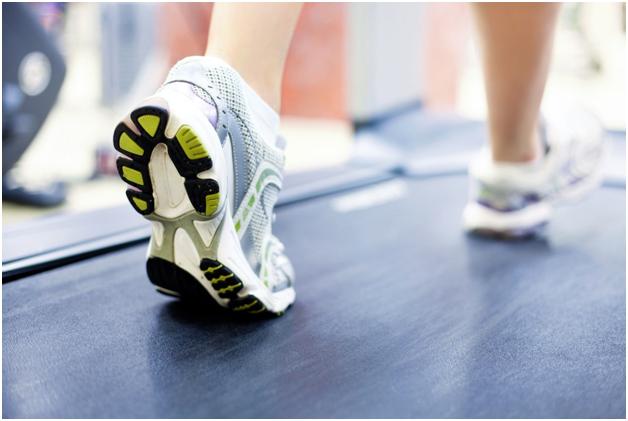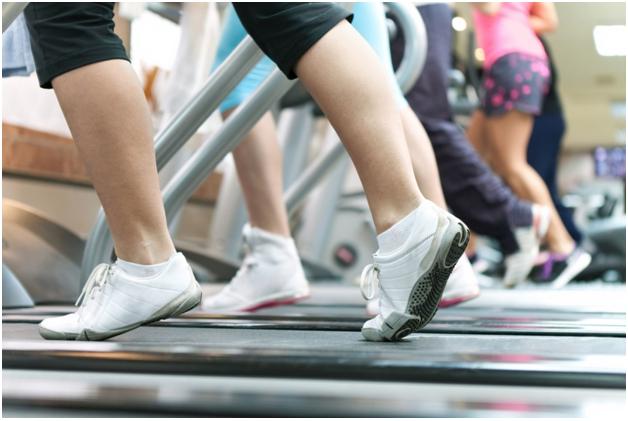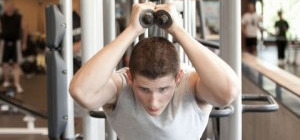As we roll in 2014, getting in shape is sure to be at the top of resolution lists of people across the country. For some, that means switching to a vegetarian diet and hoping for the best — others may not be in the mood for such radical changes, and may decide to only go out for a jog every now and then. For most, however, buying a gym membership and hitting the treadmill is the ideal way to drop the fat and get lean.
Running on a treadmill rather than outdoors provides numerous benefits. On a treadmill, you are protected from the elements and unsafe road conditions; you will also be exposed to fewer factors that cause the stress and inflammation of your joints. But don't be lulled into a false sense of security just because you are indoors. There are many common mistakes people make when running on treadmills, mistakes that put them in serious risk of developing injuries and chronic pain. If you have resolved to get in shape this year, make sure to avoid these common treadmill running mistakes and keep yourself safe and free of injury.
You Exhibit Poor Form
Running on a treadmill is quite different from running outdoors, and many people will adjust their gait due to a fear of falling off the belt. This results in runners taking short, choppy steps that place excessive stress on the joints in their ankles, knees, and hips.
In order to prevent it from turning into chronic pain or injury, make sure you run with the same natural gait you would use while running outdoors. This includes avoiding over-striding or running with your feet too far in front of you. The treadmill's belt is not built to sustain this displacement in weight and will cause the machine to break its natural motion, in turn increasing the likelihood of injury.
You're Holding onto the Handrails
Once you have been running for a prolonged period of time, you may be tempted to support your tired body with the handrails. This action forces you to hunch over while you run, causing you to develop an anterior tilt, which can lead to loss of balance and a higher risk of injury. If you notice yourself growing tired, instead of grabbing the handrails, try to reduce the speed and decrease the incline until your body has recovered.
You Workout for Too Long
Ask any runner and they can attest to the wonderful feeling of the "runners' high." Once you hit your stride, it can be difficult to stop running simply because it feels good to keep going. However, on a treadmill, this can be dangerous, as you will likely enter autopilot mode. The convenience of running on a treadmill makes it difficult to stop when you are feeling great, especially if there are additional distractions nearby. Overworking your body can push your body's stress response too far, posing serious damage to one's short-term and long-term health. Avoid overburdening your body and increasing the probability of injury by setting time limits to your workout.
You Stick To One Routine Only
Many people who run on treadmills simply start the machine and run for an established duration of time, never changing the speed or incline of the machine. Week after week, they will continue the same workout with little change beyond increasing the duration of their run. Over time, this will lead to localized muscle and joint strains resulting from the repetitive stress being placed on the body.
In order to prevent such aches and pains from developing, change up your routine every few weeks. This includes adjusting the intensity, inclination, and duration of your workout, as well as utilizing different machines, such as the stair climber or the elliptical trainer.
You Jump Off the Treadmill While in Motion
Whether you are taking a water break or ending your workout, jumping off a moving treadmill onto the side rails can put you in line for serious injury. Stepping off the treadmill mid-run is terrible for your joints and disrupts the natural flow of your stride and workout. If you need to take a break or decide to end your workout, slowly reduce the speed until you are at a walking pace. This will prevent injury and provide the natural cool down period your body needs to stay healthy and prevent muscle soreness.
If you are planning on starting a treadmill workout plan to welcome the New Year, the best way to avoid injury and chronic pain is to take it slow. Listen to your body as you begin to increase the length and intensity of your workout and take breaks when aches and pains begin to develop. For more information on how to stay safe and healthy during your new workout routine, speak with your doctor or ask a personal trainer for advice on proper form and workout technique.
Dr. Marc Browner is the Co-Owner of Active Life Chiropractic in Plantation, Florida. A graduate of the University of Florida in 1991, he earned his Doctor of Chiropractic degree from Life Chiropractic in 1995. In private practice since 1998, Dr. Browner is a member of the Florida Chiropractic Society, the Florida Chiropractic Association, and he attends continuing education seminars, classes, and workshops to remain abreast of the most current treatment methods and technological advances in the field.









